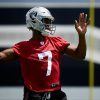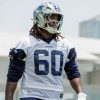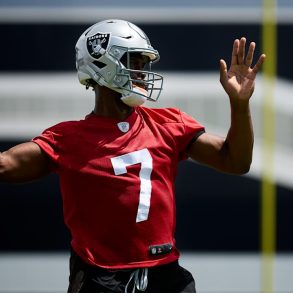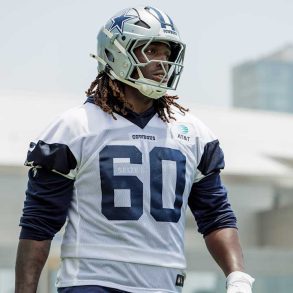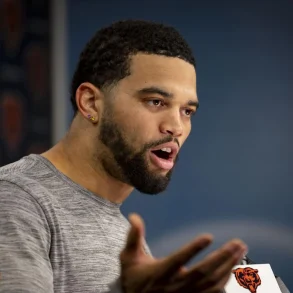In the early part of his rookie season, Jayden Daniels impressed as the Washington Commanders’ quarterback, showcasing efficiency and versatility. Over his first six starts, he posted a stellar 75.3% completion rate, an 8.46-yard average per attempt, and contributed six passing touchdowns alongside five rushing scores. His ability to protect the football and create opportunities with his legs made him a dynamic playmaker. However, a rib injury in Week 7 marked a turning point in his season, followed by a noticeable decline in performance, despite a dramatic Week 8 Hail Mary win against the Bears.
Since his injury, Daniels’ production has slipped, and the Commanders have lost three consecutive games. His completion percentage dropped to 61.5%, and his yards per attempt fell to 6.42 during this stretch. While he flashed late-game heroics in Week 12 against the Cowboys, much of his yardage came during garbage time, raising concerns about his ability to consistently lead the offense in critical moments. The team’s offensive efficiency, once a strength, has declined sharply, reflecting a deeper issue with the team’s overall approach.
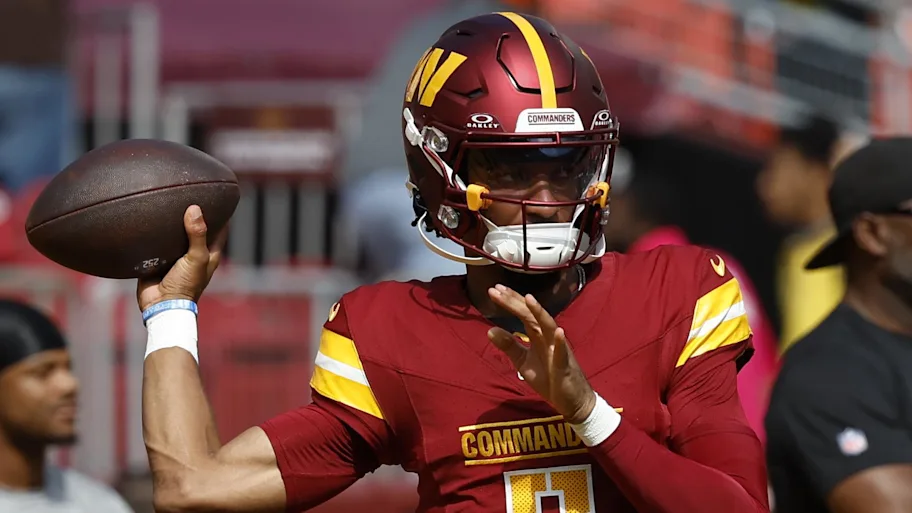
Early in the season, Daniels benefited from a well-crafted scheme that maximized short, accurate throws and relied heavily on his receivers’ ability to gain yards after the catch. Washington ranked 10th in yards after catch, with multiple receivers excelling at creating separation. This system allowed Daniels to thrive on low-risk, high-efficiency plays while complementing his ability to scramble effectively. However, as defensive schemes have adjusted, the limitations of this approach have become apparent, and Daniels has struggled to adapt to the increased pressure.
Over the past three games, opposing defenses have made life more difficult for Daniels, forcing him to rely more on intermediate and deep throws into tighter windows. His Adjusted Completion rate has dipped, and his pressure-to-sack rate has surged, highlighting the growing challenges he faces. While Daniels has reduced his turnover rate, his overall effectiveness has waned, revealing the difficulties young quarterbacks often encounter when schemes are no longer consistently creating open targets or easy opportunities.
The Commanders now find themselves at a critical juncture with their talented rookie quarterback. Daniels’ physical tools and early-season success suggest he has the potential to sustain offensive relevance. However, his ability to adapt to evolving defensive strategies and make consistently high-impact throws in tougher conditions will likely determine whether Washington can end its playoff drought or continue its current slide.
